The guideline serves as a comprehensive resource for engineers and architects conducting numerical wind simulations, also known as CFD (Computational Fluid Dynamics), and using their results. It provides a common basis for modeling and evaluation methods, as well as quality assurance in CFD simulations within the atmospheric boundary layer. However, users need additional CFD expertise and foundational knowledge of fluid mechanics for correct application.
As a guide for numerical simulations in building aerodynamics, the guideline emphasizes the importance of software verification by the manufacturer and validation by the user. Verification ensures that the equations are correctly implemented, while validation assesses the suitability of the chosen model for the specific problem. Ideally, this validation should be conducted through experiments or field measurements, but with sufficient experience, it can also be done by comparison with similar, previously solved problems.
The concepts of verification and validation have long been established in the software industry for numerical simulations and are intensively practiced there. The guideline underscores the importance of these processes for the reliability and accuracy of CFD simulations in civil engineering and provides practical instructions for their implementation and assessment. For RWIND specifically, Dlubal Software GmbH provides a supplementary guide, with additional reference to relevant Dlubal articles.






















Dlubal_KohlA_]_LI.jpg?mw=350&hash=d43473ab01992859ccffbb1254b61a07610a2a25)







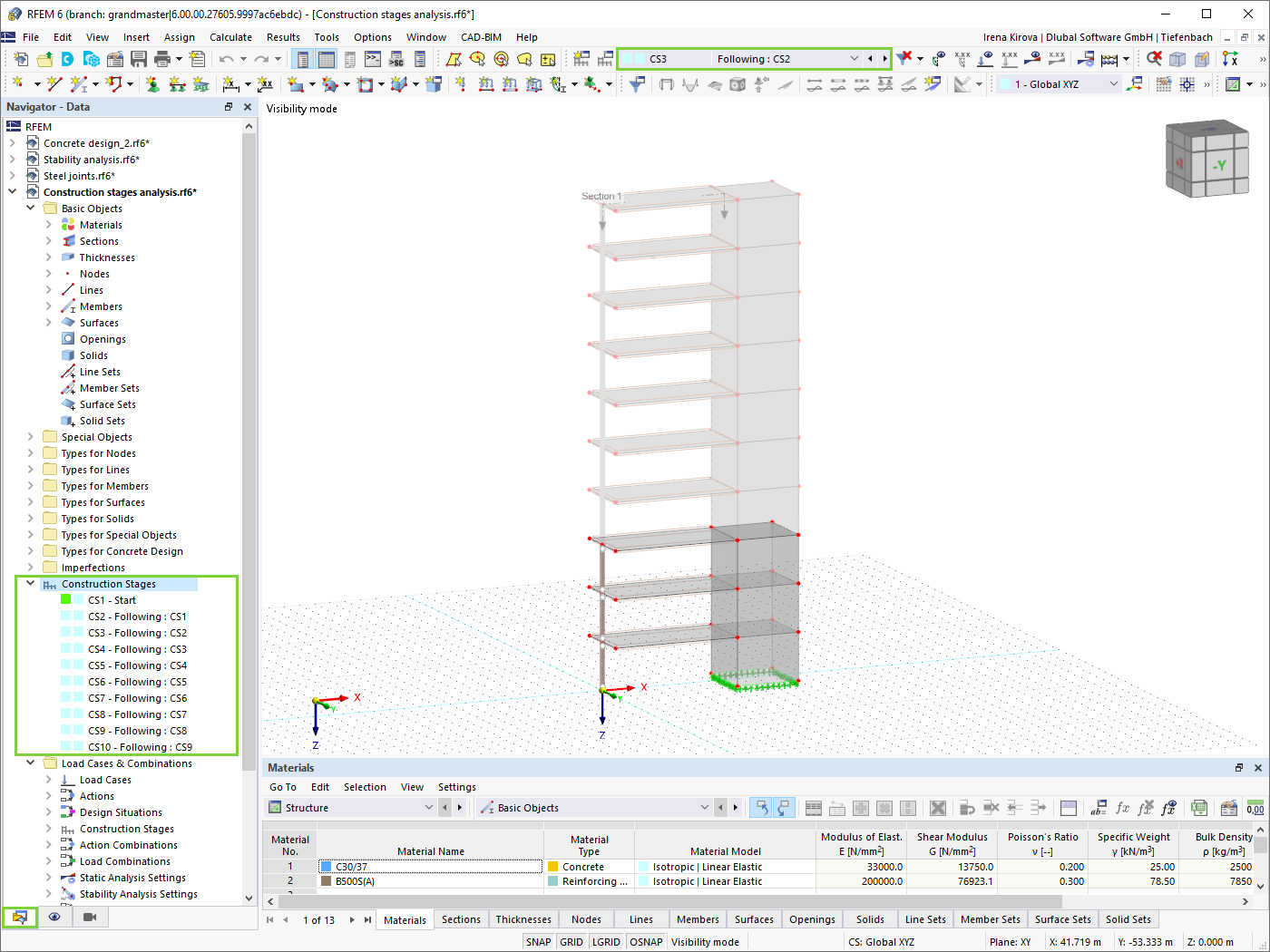
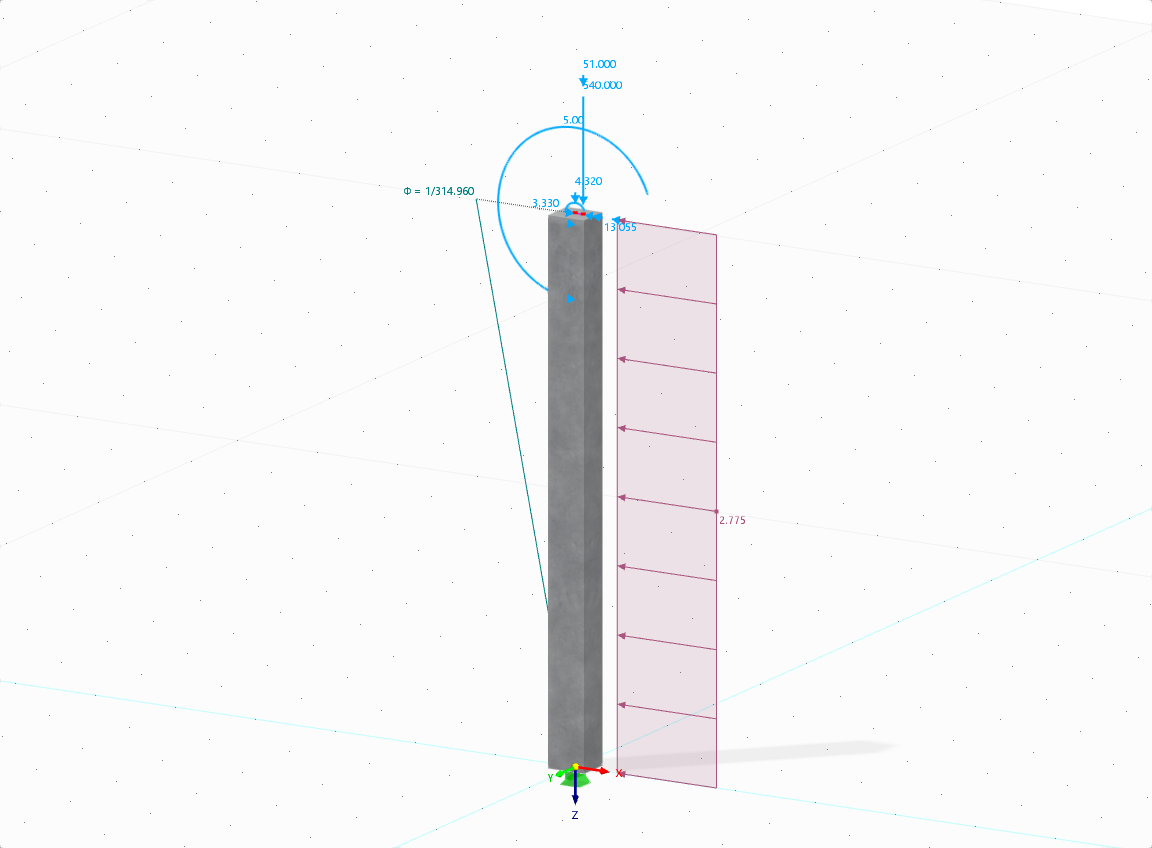

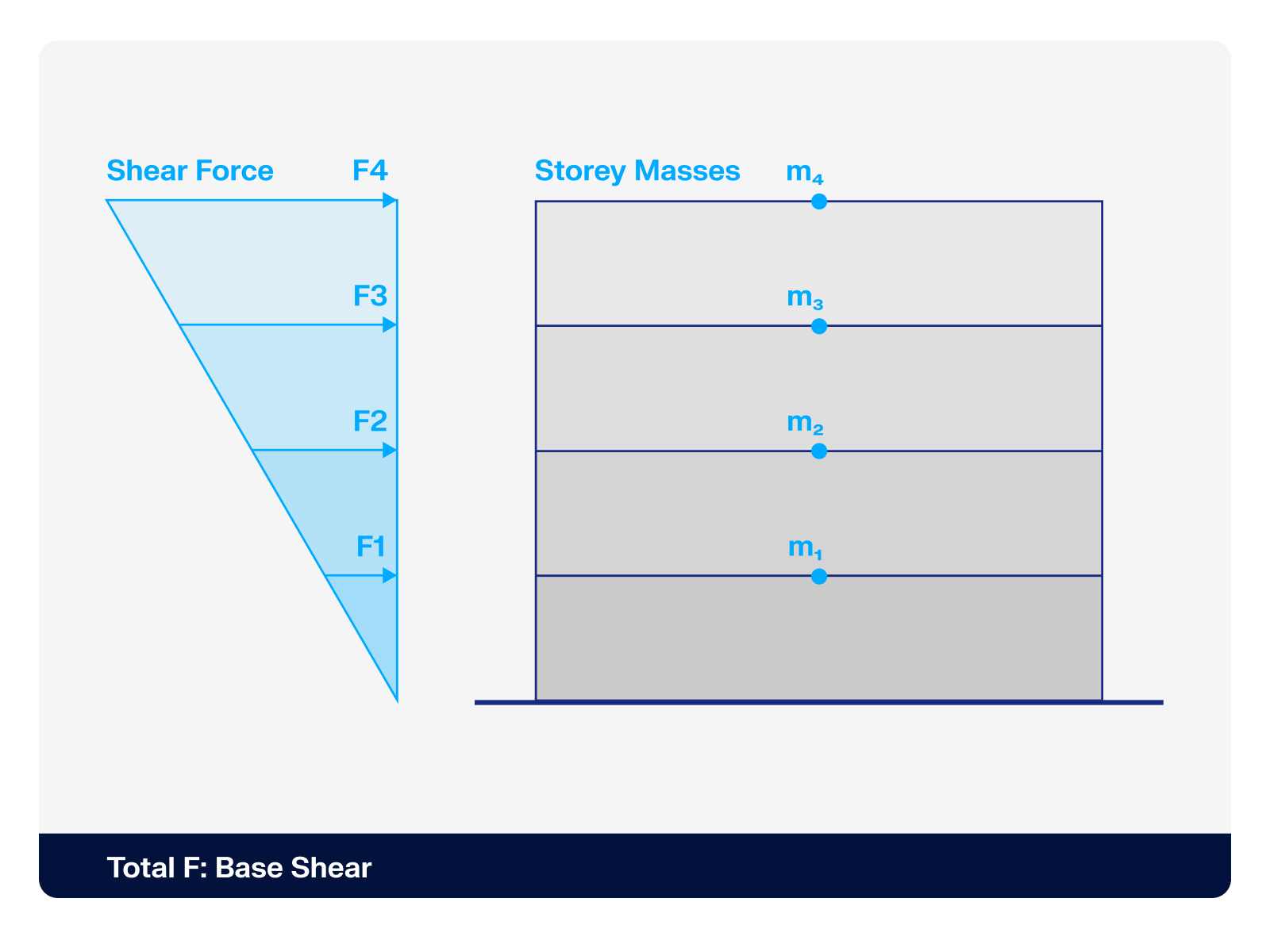.png?mw=512&hash=4a84cbc5b1eacf1afb4217e8e43c5cb50ed8d827)








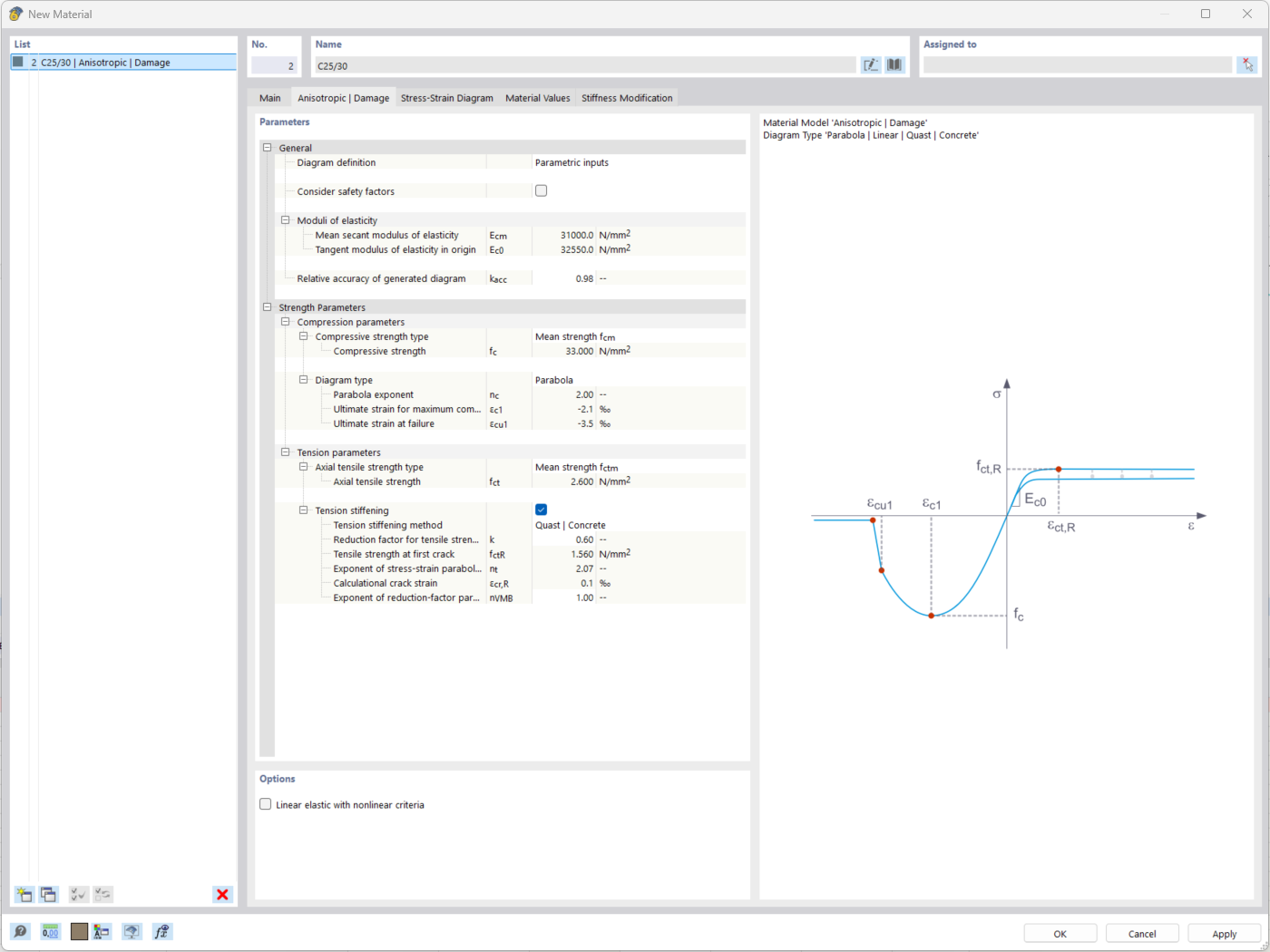
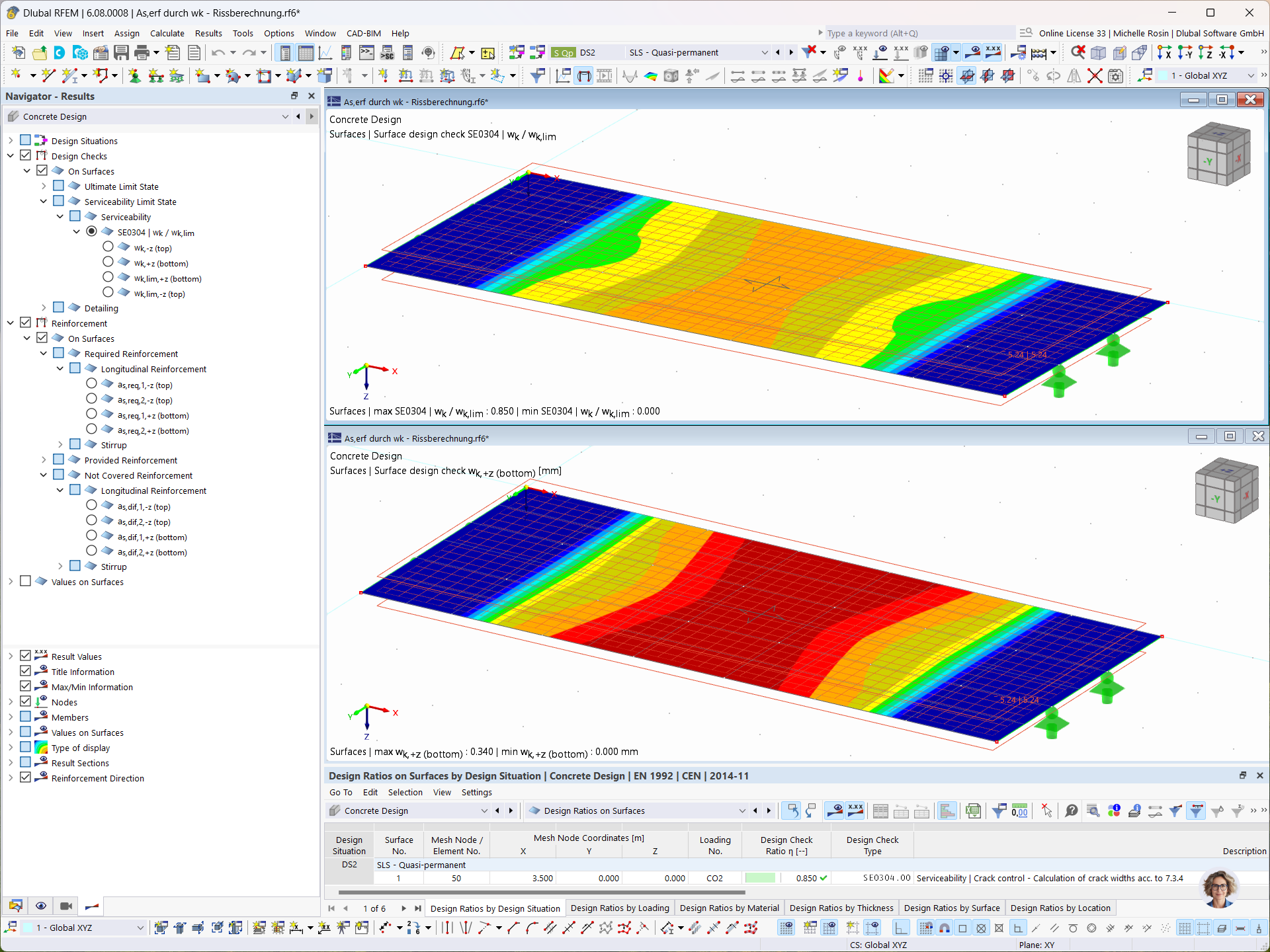
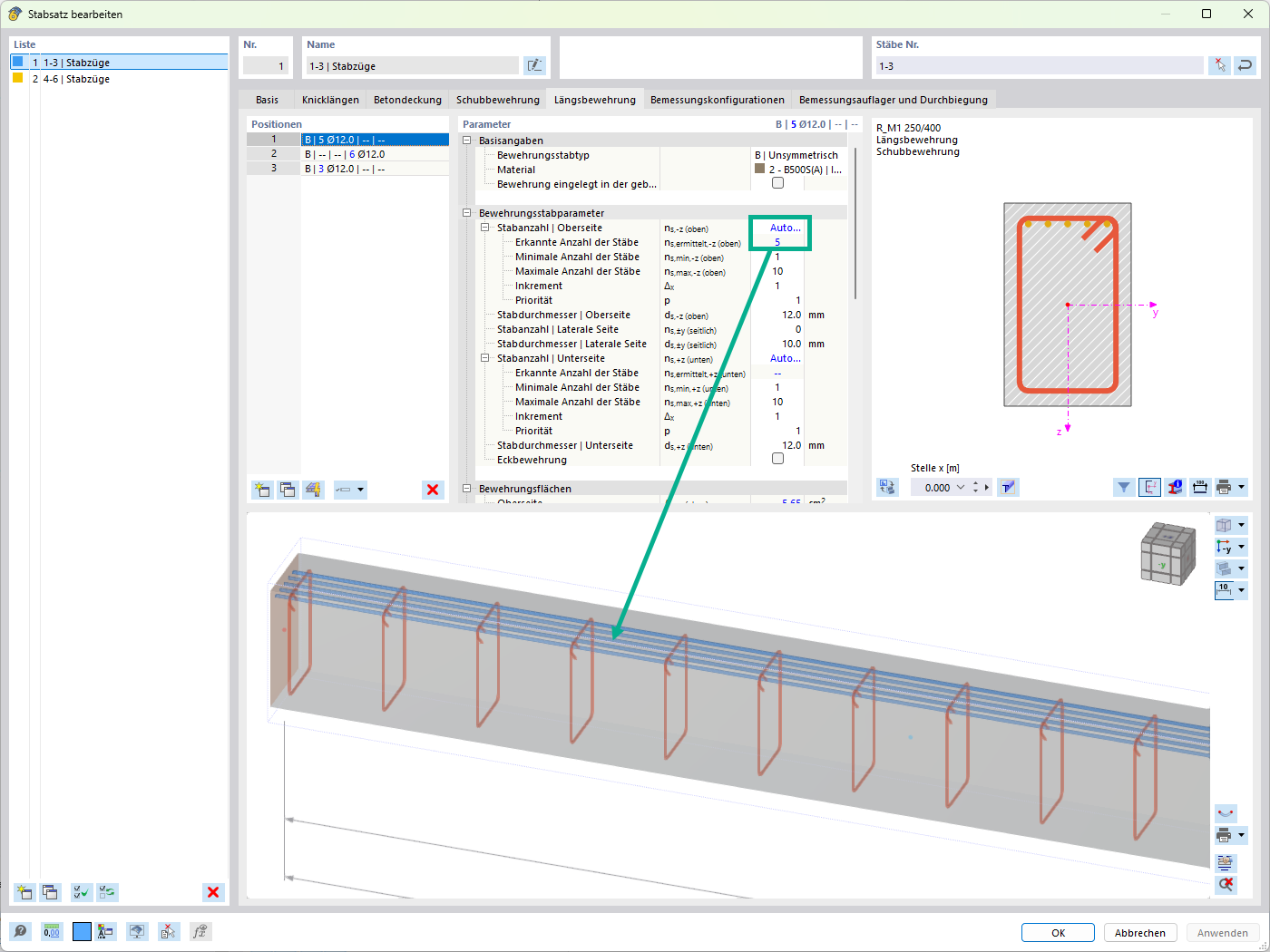



_1.jpg?mw=350&hash=ab2086621f4e50c8c8fb8f3c211a22bc246e0552)


-querkraft-hertha-hurnaus.jpg?mw=350&hash=3306957537863c7a7dc17160e2ced5806b35a7fb)

